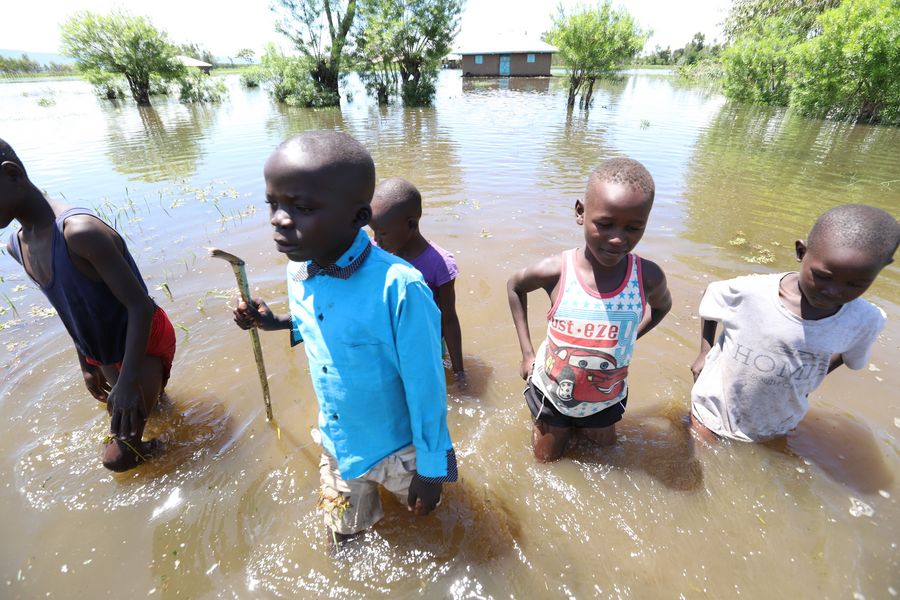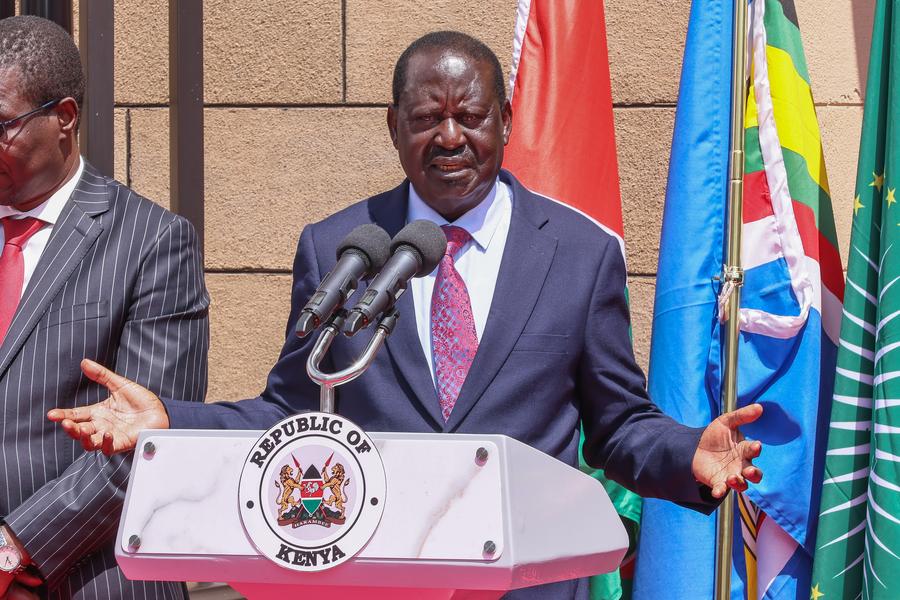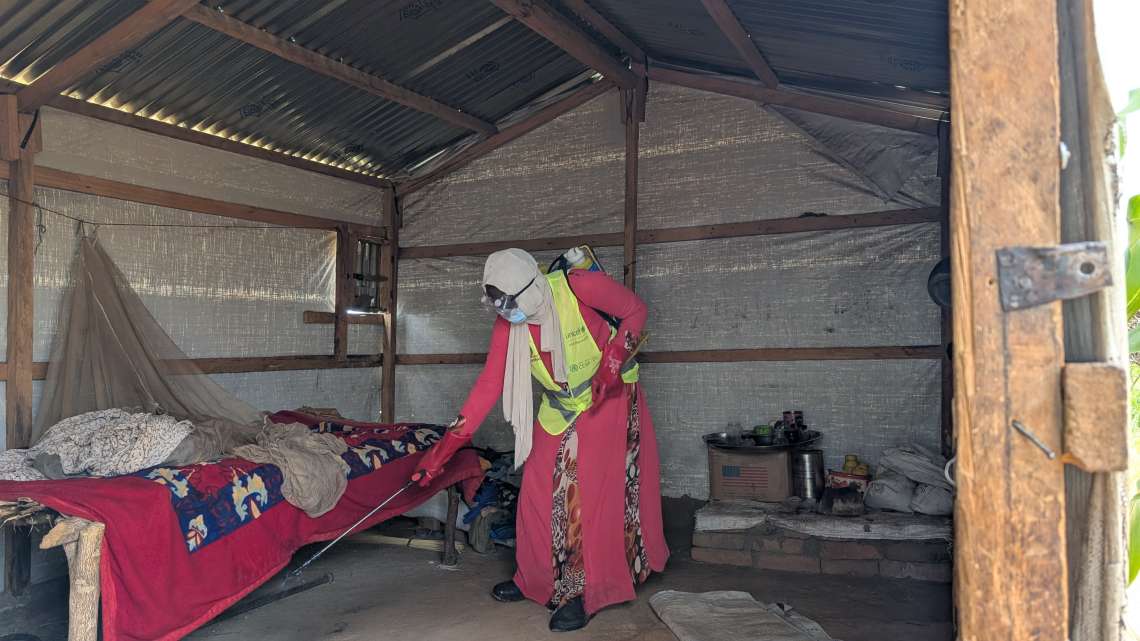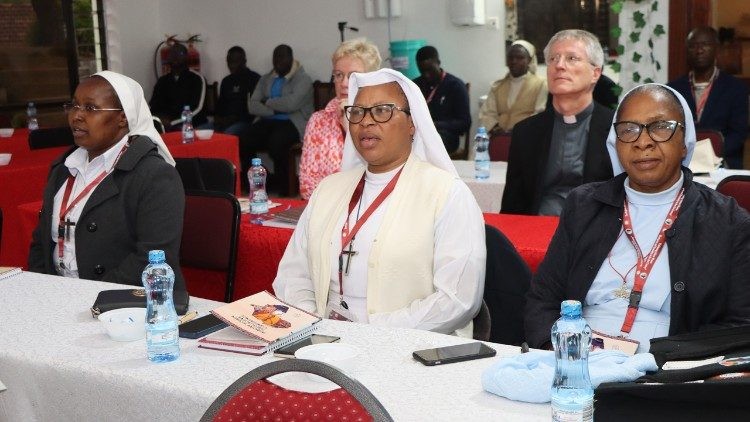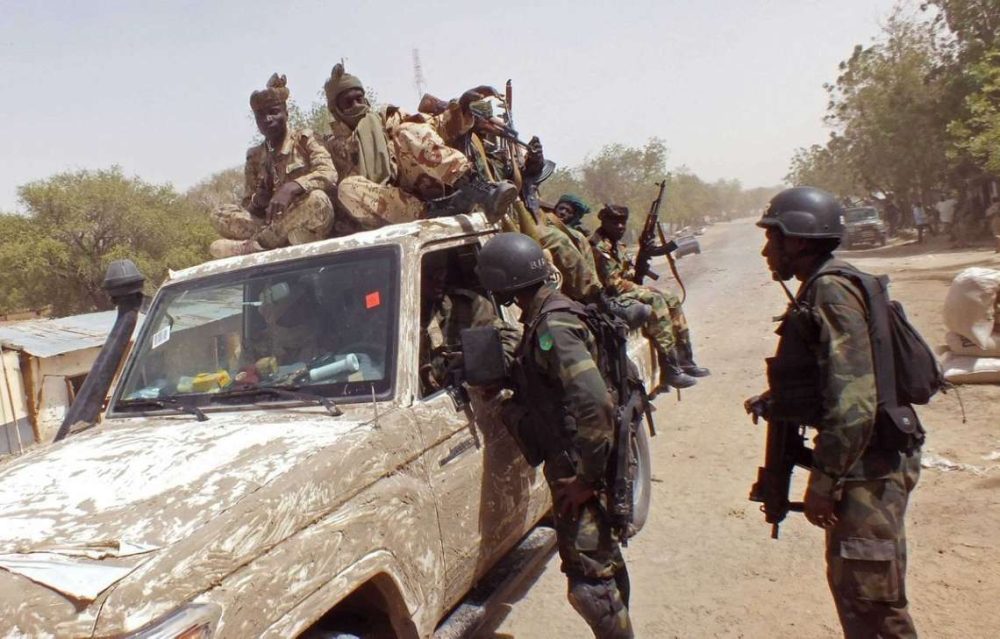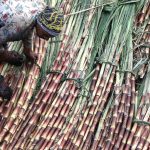New study warns Africa and Asia face mounting disaster-linked losses without urgent investment in resilient infrastructure…reports Asian Lite News
Africa is losing an estimated $12.7 billion every year to floods, earthquakes, and other natural disasters, with climate change expected to intensify these costs in the years ahead, according to a landmark report released by the Coalition for Disaster Resilient Infrastructure (CDRI). The study warns that the continent’s already fragile infrastructure is at a tipping point, with vulnerable economies bearing the harshest impacts.
The findings, part of the Global Infrastructure Resilience (GIR) series, draw on the Global Infrastructure Risk Model and Resilience Index (GIRI), a probabilistic framework that calculates potential losses from multiple hazards across nine infrastructure sectors, as well as commercial and residential buildings. The results paint a stark picture: of the $12.7 billion in average annual losses, $1.8 billion is linked directly to infrastructure assets, with the remainder representing damage to homes and workplaces vital for economic activity.
Flooding emerged as the leading cause of destruction, responsible for nearly 70 per cent of the total, followed by earthquakes at 28 per cent. Though quakes are less frequent, their impact can be catastrophic, as witnessed during the 2023 Morocco earthquake, which destroyed billions in assets and cost thousands of lives within hours.
The financial toll is far from uniform across the continent. Eastern Africa shoulders the heaviest losses at $5.1 billion annually, nearly half the total, followed by Northern and Southern Africa at $2.3 billion each. At the national level, South Africa ($1.7 billion), Nigeria ($1.1 billion), and Algeria ($1 billion) top the list. Yet smaller nations feel the sharpest strain relative to their economies: Lesotho loses the equivalent of 1.5 per cent of GDP each year to disasters, Mauritius 1.25 per cent, and Comoros 1 per cent.
“This shows how disasters can derail the economies of small nations even when the absolute losses are modest,” the report cautions.
These risks are expected to escalate sharply under current warming trajectories. Annual infrastructure losses in Africa could climb 27 per cent, from $1.8 billion to $2.4 billion, while so-called “once-in-a-century” floods may strike as often as once every 10 to 20 years by mid-century — and as frequently as once every five years by 2100.
The Global Center on Adaptation has estimated that climate change could wipe several percentage points off Africa’s GDP each year, with some countries facing losses in double digits.
Among the hardest-hit sectors is energy, with power infrastructure alone absorbing $844 million in annual damages — nearly half the sectoral total. Telecommunications follows with $418 million, and roads and railways with $282 million. Recent cyclones offer sobering evidence: Cyclone Anna in 2022 knocked out nearly a quarter of Malawi’s electricity at a single hydropower facility, while Cyclone Idai in 2019 left the Mozambican city of Beira without power for five months.
The consequences ripple far beyond damaged assets. Floods in cities such as Kampala, Bamako, Kigali and Dar es Salaam have left as many as a third of residents unable to reach healthcare within the critical 60-minute window. The disruption of essential services, erosion of livelihoods, and deepening of poverty make disasters a multidimensional threat.
African governments are already spending heavily on recovery. In 2023, 29 countries allocated $2.2 billion to weather-related disasters, according to African Risk Capacity. The burden can be crushing: Burundi devoted 10 per cent of GDP to disaster response that year, while Libya, Rwanda and Mauritius each spent more than half a per cent.
Despite this, Africa funds 26 per cent of its climate adaptation spending from domestic budgets and borrows another 54 per cent, well above the global average. International support, the report stresses, remains inadequate.
“Africa requires about $170 billion annually in infrastructure investment but only about half of that is being met,” said Ramesh Subramaniam, global director for programmes and strategy at CDRI. “On top of this $90 billion gap, the continent is also losing $13 billion every year to disasters. That means while countries look for fresh investments, they must also factor in resilience costs, which can range from 5 to 15 per cent of project budgets.”
The report highlights parallels with Asia, where booming infrastructure development faces similar risks. In Southeast Asia, annual infrastructure needs stand at around $200 billion, with unmet requirements of up to 45 per cent. Floods are again the dominant hazard, and absolute losses could outstrip Africa’s, given Asia’s far larger asset base. A regional risk assessment for Asia is due ahead of COP30 in Brazil.
“The risks are underestimated,” said coordinating lead author Ede Ijjasz-Vásquez. “Models can only represent reality, but what we see on the ground is often worse. Sea-level rise, for instance, is already amplifying floods, and hazards such as heatwaves and wildfires will add further pressure.”
He added that risk assessments must move beyond national averages. “In India, a flood in a poorer district may not seem large in rupee terms, but for the local economy, it is devastating.”
Experts argue that new infrastructure must integrate resilience by design, while existing assets require retrofitting and rigorous maintenance. Financing tools such as catastrophe bonds and disaster insurance remain underused and need rapid scaling.
Examples of progress do exist. Odisha in India, devastated by a cyclone in 1999, has since invested heavily in disaster preparedness and is now redesigning coastal power infrastructure with resilience built in.
But such cases remain rare. “Africa stands at a pivotal moment, with much of its future infrastructure yet to be built,” said Amit Prothi, director general of CDRI. “By integrating resilience now, governments and partners can avoid costly disruptions and protect millions of lives and livelihoods.”
For both Africa and Asia, the message is clear: resilience is no longer optional but a prerequisite for sustainable growth. Without it, the investments meant to drive prosperity risk unravelling under the weight of disasters intensified by climate change.


